A.N. Tupolev - Navy
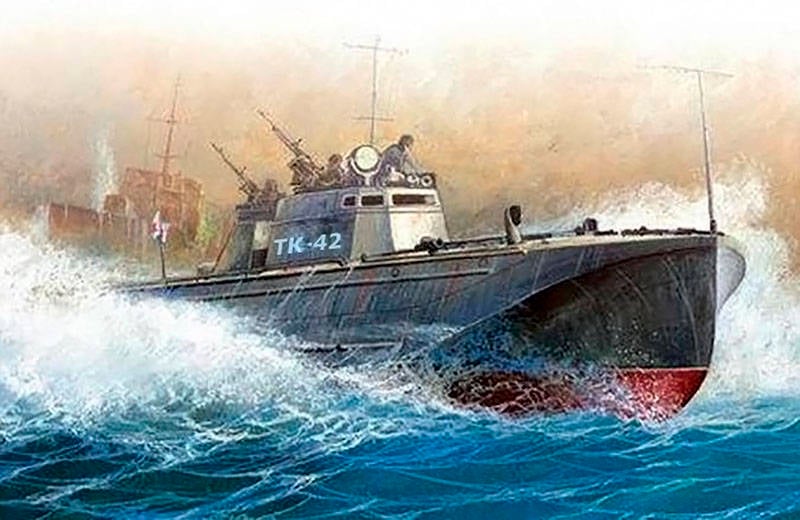
Everyone knows aviation Designer A.N. Tupolev. Everyone knows his planes. Some people know that Tupolev was also engaged in torpedo boats, but very few people know how this happened. I want to try to talk about this, moreover, within the framework of one article and in a more or less artistic form.
In 1919, the newly created Central Aero-Hydrodynamic Institute, TsAGI, received an urgent task to design and build a small military vessel maneuverable and with a small draft - glider. The designers turned to N. Ye. Zhukovsky, then, on his advice, to the theoretical works of Krylov and Froude. And not finding there anything specifically on the gliders, went to the seaplane D.P. Grigorovich, to his experience. In the warehouse of the Khodynsky airfield, they found the motor Izotta Fraschini with 160 horse power. There was no other one anyway, and this one was in a deplorable state. Nothing more and more revived him, but future academicians B. S. Stechkin and A. A. Mikulin. Motor earned with a deafening roar, but there really could be nothing to do, old stuff - it is old stuff.
Wood went to the hull, again because there was no metal. Not turned redan. They were afraid to fit it into the hull lines, they were not sure that the size of the redan was chosen correctly. Instead, put the plate-wings on the sides of the boat. Typing speed, the driver lever lowered the plate into the water, and the boat literally jumped, his nose went out into the air. Here it is, an early idea of a hydrofoil ship. But barely GANT-1 (glider, Andrei Nikolaevich Tupolev-1) successfully passed the tests, as naval sailors demanded that it was not a riverboat, but a marine, not wooden, but metal, and not just a glider for reconnaissance, as recorded in task, and torpedo bomber. Appetite comes with eating.
This topic was included in the plan of the Tupolev department in 1922. The new boat, ANT-2, made duralumin, sorted out, building it, in a whole series of specific sea problems for Tsagovtsev and, which is also important, mastered the marine terminology, without this it was difficult to talk with customers. But the boat did not become a combat ship. The reason was in customers who could not decide how best to fire a torpedo from it: from a conventional vehicle or from a lodgment, backwards or to the side. Then the controversy began about the caliber of the torpedo. Those that were used in the First World War were considered ineffective, and the new ones have not yet been tested.
In February, 1923, the main maritime technical and economic department of the People's Commissariat for Maritime Affairs of the RSFSR, sent a letter to TsAGI with a rather clear assignment to build a torpedo boat. Chairman of the College of the Institute S.A. Chaplygin instructed the work again A.N. Tupolev. During the search, it was decided that the boat should reach speeds of 40 nodes and be armed with one torpedo, dropped back from the stern. With a team of four people and a given armament, the indicated speed was achieved with two aircraft engines on 600 horsepower. To transfer power from the two shafts to the propellers, it was necessary to design a junction box. Additional requirements of seafarers: the seaworthiness of the boat is not lower than three points, the hull should be with watertight bulkheads, the crew should be protected from small fragments and bullets. In general, the task was so difficult that Tupolev organized a brigade of boats in his department.
In the spring of 1927, Mr. 3, the “Firstborn,” was taken to Sevastopol for testing. Unfortunately, the sailors were not delighted with him. The commander of the division of patrol and torpedo boats I.L. Kravets told Tupolev that “Firstborn” has low seaworthiness and speed. Destroyers and leaders develop 36 — 38 nodes, and in order to catch up quickly, the boat must “give” at least fifty. And one torpedo is not enough for him. He went on the attack, missed, and it turns out that nothing came out. We need two torpedoes, and the machine gun would not hurt, but rather a gun. The commander of the naval forces, noting that we have made progress in building boats, asked the government to commission Tupolev to create another torpedo boat, already for mass production.
The first Soviet shipbuilding program, approved in December 1926, provided for the construction of 36 torpedo boats. In accordance with this program, it was decided to design special motors for boats, to build a hydro canal and hydrolab of TsAGI, to investigate metal corrosion in seawater, to smelt high-alloy steels for propeller shafts, to make instruments, electrical and radio equipment, to manufacture powerful torpedoes . The country was serious.
The “Firstborn” scheme and its construction were basically correct. The Red Army required only minor improvements to be made to the new boat. And in 1928, ANT-4 (later it was called “Tupolev”) was launched. That's just to build boats serially at that time there was nowhere. The aviation factories loaded down with their throats did not accept such an order, shipbuilders got used to working with 10-15-millimeter steel sheets, and even with armor plates, and here - duralumin with a thickness of no more than one and a half millimeters. Tupolev had to send to Leningrad, to the shipyard, the chief of the brigade of boats N.S. Nekrasov with assistants. And not only with designers, but also with technologists, craftsmen and even workers.
But despite all the efforts of the Nekrasov group, things didn’t go well at shipbuilding - the Quality Control Department rejected the boats. Nekrasov had to call Tupolev. Andrei Nikolaevich arrived in Leningrad and, as usual, set about energetically resolving issues. On the same day, it was decided to send a group of shipbuilders to study at the aircraft factory, and from Moscow to send another thirty skilled assemblers to shipbuilding. Tupolev also met with a customer representative. And it became clear that this business definitely needs to involve someone who knows the features of aircraft construction. And such a specialist was found - the former naval pilot M.P. Dauge. Things began to improve, and in October 1928 Leningraders completed the construction of the first boat, and in November he was added to the list of ships fleet.
With a displacement of ten tons of W-4 (under this designation ANT-4 went into a series, but the reasons for the appearance of such a cipher I do not know) developed speed to 50,5 node. Armament - two torpedoes caliber 450 mm and a machine gun. Torpedo tubes were run-off and placed in the stern of the boat parallel to the median plane. When firing a torpedo was fired from the gutters with a special device-pusher. Falling into the water, the torpedo went to the target along the course of the boat. For the serial construction of torpedo boats in Leningrad at the plant. A. Marty was equipped with a special workshop number 17, which from 1929 to 1933 produced 48 duralumin torpedo boats W-4 five series.
When testing one of the serial W-4 on the Black Sea, it turned out that it does not “give” the nodes it was supposed to. Again called the main designer. There is a legend that, arriving in Sevastopol, Tupolev ordered to remove the screw from the boat, hit the blades several times with a sledgehammer and ordered: “On the water!” And as if the boat immediately developed a course of fifty knots. In fact, Tupolev acted differently, in a professional engineering manner. First of all, he ordered that the boat be dragged ashore for inspection. This was the right decision, without any witchcraft. And everyone saw that the bottom of the boat was overgrown with shells and algae, that one blade of the propeller was beaten. Then they checked the engine, and it turned out that the piston rings were worn out, the screw shaft was beating. In addition, gasoline was not the same octane number. Etc. When all this was eliminated, on the measuring mile, the boat developed not only the set at the 50 nodes, but more on the 2. In the year 1929, the State Testing Act noted: “The Commission of the Naval Forces believes that the ANT-4 torpedo boat is the best torpedo boat among all existing ones.
However, the W-4 also had flaws: engines of foreign brands, outdated torpedoes with a relatively small weight of explosive. Therefore, already in 1928, TsAGI began to develop a new boat, with new Soviet torpedoes in caliber 533 mm. The Soviet M-5 engines were already on the main production boat, which received the G-34 cipher. Depending on the combat load, the maximum speed of the boat was from 58 to 65 and more nodes, the displacement of 14 tons, the crew of 5 people, the radius of action - more than 300 miles, armament - two torpedoes and two large-caliber machine guns. By the beginning of World War II, the construction of these boats was also deployed in the south of the country and in the Far East.
In 1934, the maritime seamen ordered a new ship, Tupolev, of even larger size, increased seaworthiness, with two three-tube torpedo tubes, an 45-mm cannon on a rotary carriage, several large-caliber machine guns, a powerful radio station, a cockpit for the crew and other “frills”. The boat 35-meter length, a real destroyer, was built. "Monster" - so dubbed him in the bureau. But it turned out that three small-sized G-5 boats, with better maneuverability, with the same six torpedoes, hit the targets much more efficiently. Although for the peace service "Monster" was much more convenient. But convenience instead of combat effectiveness is an overseas way. Therefore, the naval command abandoned the idea of arming the fleet with "mosquito-giants." More Andrey Nikolaevich Tupolev did not deal with torpedo boats.
From 1935, the G-5 began to be produced, which could be aimed at a target by airplanes, by radio. In 1938-1939, G-5 appeared - mine markers and submarine hunters armed with depth charges. By the beginning of the Great Patriotic War, the fleets already had quite a lot of boats designed by A. N. Tupolev. The boats of Tupolev served the fleet throughout the war. And, however strange it may seem, the creation of boats, Andrey Nikolayevich, was among the most interesting pages of his biography. The sailors appreciated the merits of the aviation designer and perpetuated the memory of him. One of the islands in the Kara Sea was named after him.
Boat ANT-4
Boat W-4
Boat G-5
Sources:
Eger V. Unknown Tupolev.
Burov V.N. Domestic military shipbuilding.
Inventor-innovator. 1982. No.6.
Saukke M.B. Unknown Tupolev.
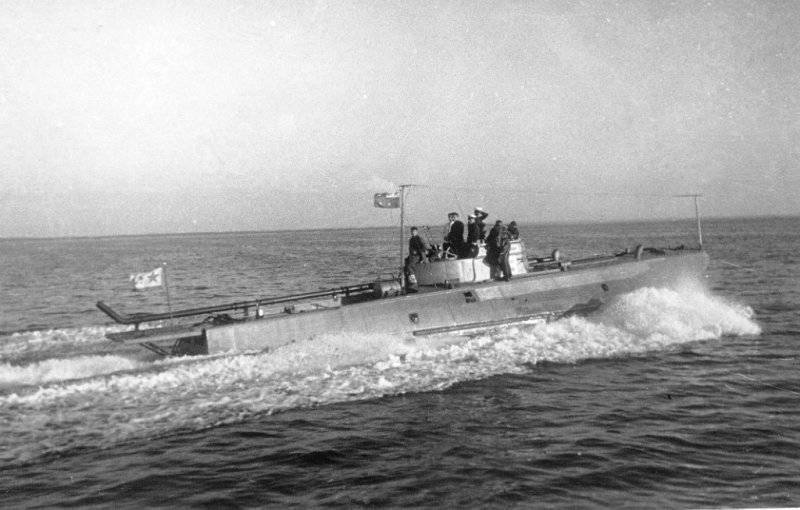
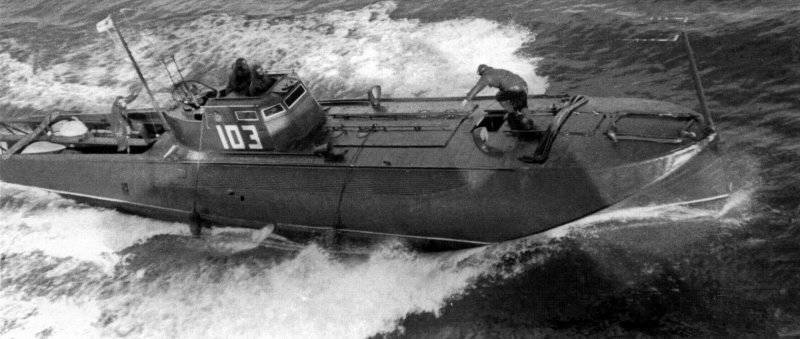
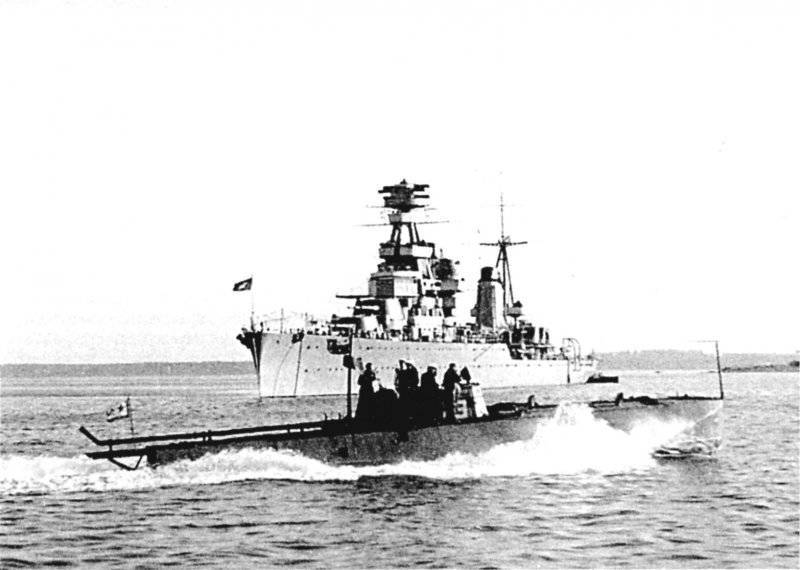
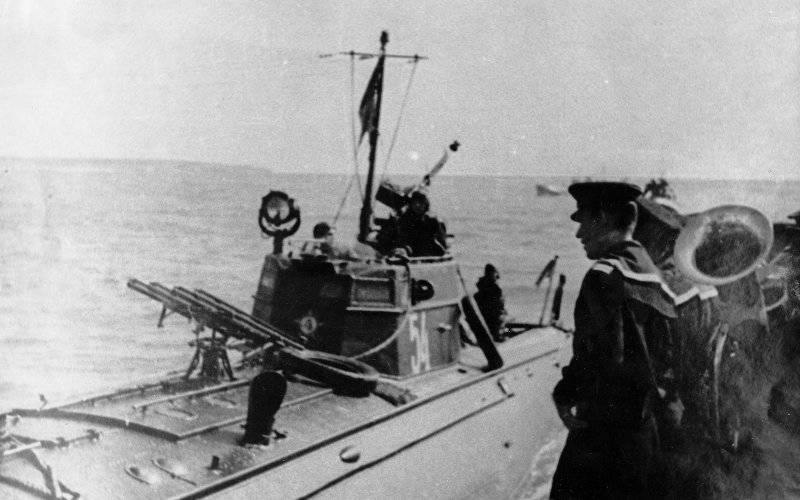
Information